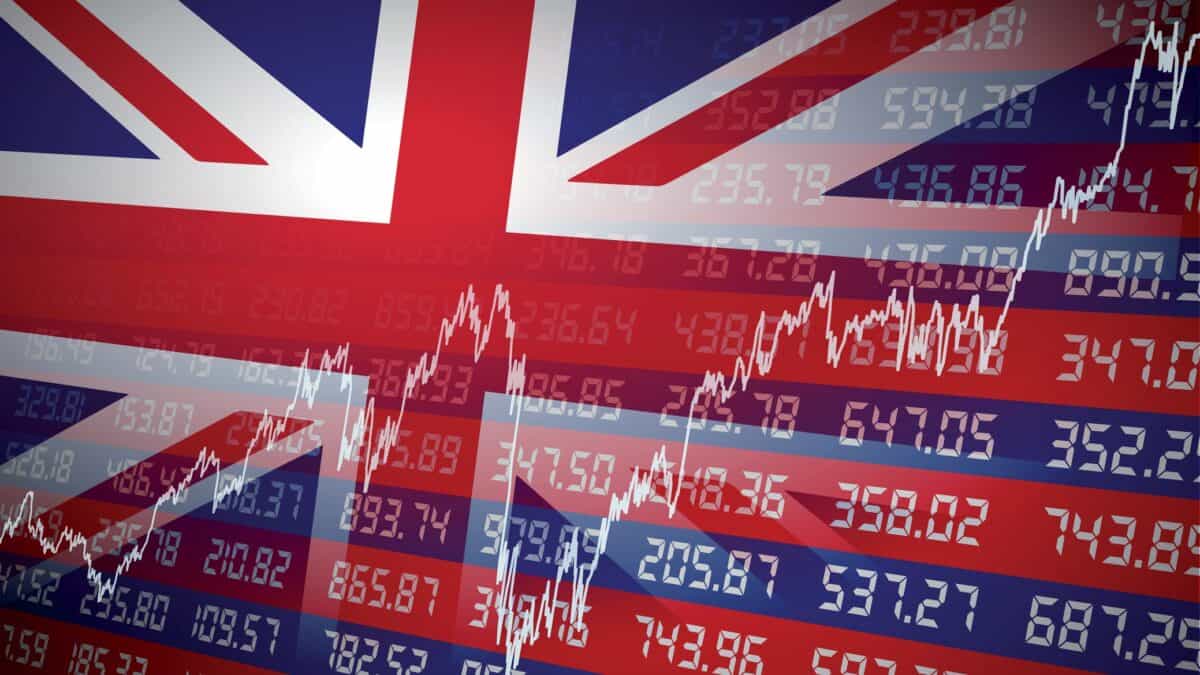Unlock the Editor’s Digest for free
Roula Khalaf, Editor of the FT, selects her favourite stories in this weekly newsletter.
The writer is a financial journalist and author of ‘More: The 10,000-Year Rise of the World Economy’
There was a dramatic shift in mood in markets this week. Weak US economic news and some poor corporate results led to a heavy fall in stocks and a big bond market rally that pushed yields sharply lower.
That was an ironic development given that stock market bulls have long argued that low government bond yields justified higher equity valuations. Understanding the future relationship between equities and bonds will be vital for long-term investors.
Low bond yields were perceived to be good for equities for two reasons. First, and most obviously, the bulls argued low yields meant that cash and bonds were fundamentally unattractive, pushing investors towards risky assets in search of higher returns. That argument is less convincing now that both short rates and bond yields have risen strongly since 2021, while inflation has dropped, meaning that investors in cash and bonds can earn positive real returns.
The second bullish reason now looking not so flash is slightly more complex and relates to discount rates. One common approach to valuing shares is to view them as a claim on all current and future profits of the company concerned. Those future profits need to be discounted, as £1,000 in 10 years’ time is clearly not worth the same as £1,000 today. Bond yields are often used as the rate for discounting those future profits. So lower bond yields mean a lower discount rate and tomorrow’s profits are thus worth more in today’s money.
Even after this week’s big 0.38 percentage point drop in the 10-year Treasury yield to 3.8 per cent, the current yield is still up from 1.5 at the end of 2021. In other words, the discount rate on future earnings has increased. But what has happened to the price/earnings ratio on the S&P 500 index? It has risen, not fallen, from 24 to 28.7 times. To be fair, there has been a small fall in the cyclically adjusted price/earnings ratio, which averages profits over the past 10 years. That has dropped from 38.3 to 35.5.
But let us put that shift in context. Assume a company’s shares are set to earn $100 in 10 years’ time. Using the end-2021 bond yield to discount those earnings gives a present value of $86. Current higher yields, even after the recent falls, only take the present value to $68. That would suggest a quite substantial derating of equity valuations would be required and could explain recent weakness.
Of course, markets may be anticipating a fall in discount rates. The Federal Reserve is widely expected to cut interest rates in September, particularly after the weak jobs data for July released today, and inflation is drifting lower. But few people expect interest rates or bond yields to fall to the kind of levels seen at the end of 2021.
So what has been supporting markets until recently? The obvious point is that the calculation of equity valuations has two parts. While the discount rate may have gone up, estimates of future earnings growth may have risen as fast, or even faster. That is a little hard to see in the data. Average earnings per share growth for the S&P 500 this year is expected to be just 6 per cent. There is an expected pick-up to 11 per cent next year but that is not quite as impressive as it sounds: analysts usually start the calendar year with high forecasts for profits growth but then revise them down as the months unfold.
Are the markets more optimistic about economic growth? It doesn’t appear so. The Conference Board is predicting a slowdown to 1 per cent annualised growth in the third quarter of 2024, followed by a rebound to 2 per cent next year. Not terrible, but not gangbusters. In any case, the growth rates of profits and GDP are not that closely correlated. That becomes clear when we look at the actual rate of profits growth over the past four years. According to figures from the Federal Reserve Bank of St Louis, total corporate profits in the first quarter of 2024 were 72 per cent higher than they were in the second quarter of 2020, a rise far outstripping GDP. It is this run of profits growth that has made investors so chipper.
And this run of profits growth owes much to the success of a small number of highly successful companies. According to the Visual Capitalist website, five tech groups — Alphabet, Amazon, Meta, Microsoft and Nvidia — averaged 57 per cent earnings growth in 2023 and are predicted to gain an average of 37 per cent this year. These high-profile stocks have been driving the market.
Bulls point out that the magnificent seven — including Apple and Tesla — don’t trade on the kind of valuation premium, relative to the rest of the market, that tech stocks achieved during the dotcom bubble. Furthermore, the US stock market is actually much less concentrated than many other global markets.
Still, the US matters a lot more than other markets; at the end of June, it comprised 72 per cent of the MSCI World index. So an investor taking a bet on global equities is very reliant on profit forecasts for a handful of companies because they sustain the rating of most of their portfolio. With these stocks showing recent weakness, that should give pause to any investor taking the long view.
Credit: Source link














